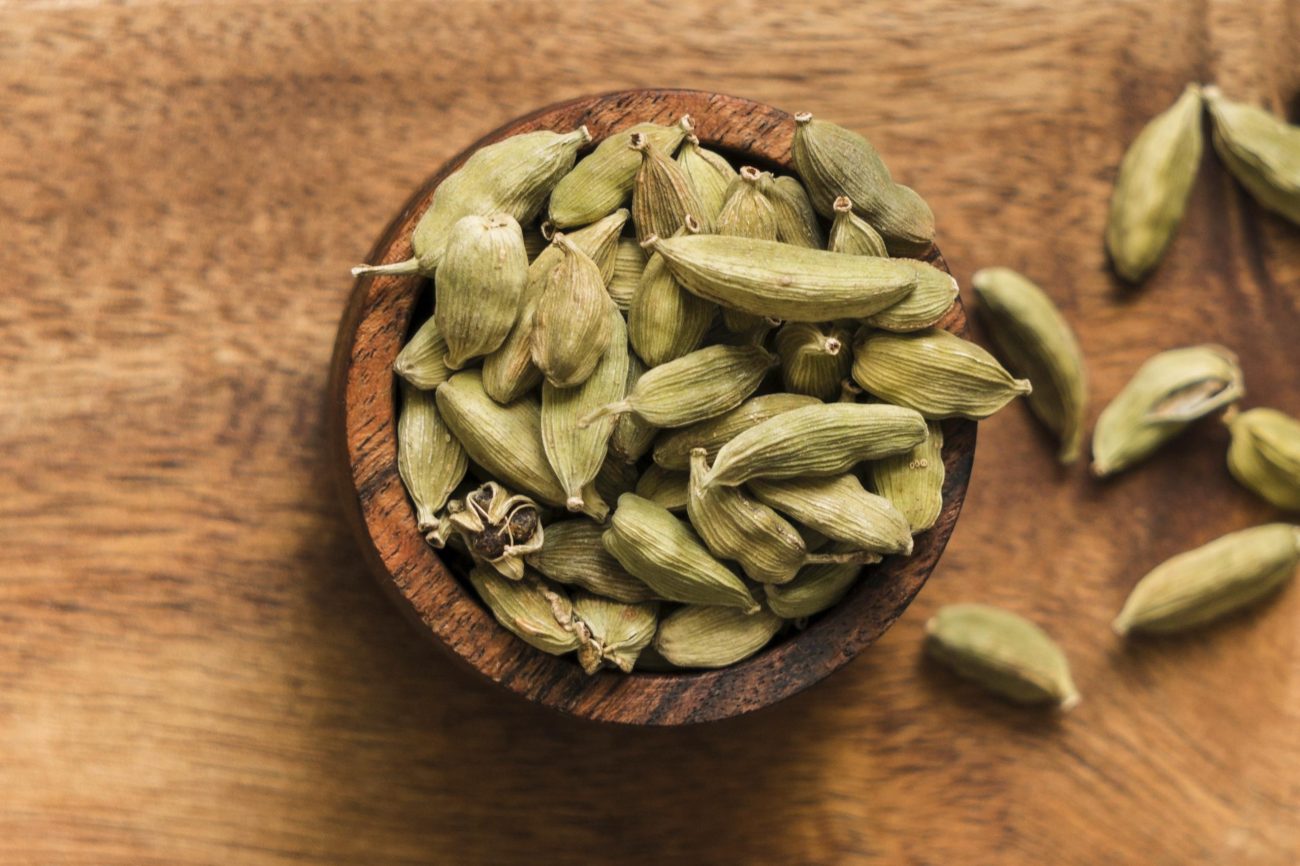A VEGAN NUTRITION GUIDE: HOW TO CREATE A HEALTHY PLANT-BASED PLATE
The Vegan Food Plate is a widely recognized and endorsed tool for promoting healthy vegan nutrition. It is based on current scientific understanding of the impact of different types of food on our health, and

The Vegan Food Plate is a widely recognized and endorsed tool for promoting healthy vegan nutrition. It is based on current scientific understanding of the impact of different types of food on our health, and has been endorsed by various nutrition societies and national governments. In this article, ProVeg provides an in-depth look at the vegan version of the Food Plate and how to use it to make healthy dietary choices.
Comparing the Food Plate to the Nutrition Pyramid: What are the Differences?
The Food Plate is a newer model of healthy nutrition that has replaced the previously used Food Pyramid. Developed by nutrition experts at the Harvard School of Public Health, the Food Plate has been endorsed by the USDA since June 2011 as a more effective way to illustrate the proportions of each food group that should be consumed at each meal. The visually appealing format of the “healthy plate” is intended to make it easier for individuals to adopt healthy eating habits compared to the more complex pyramid model.
Components of a Nutritious and Well-Balanced Food Plate
Emphasis on Vegetables and Fruit at Every Meal – Occupying Half of the Vegan Food Plate
Fruits and vegetables are an essential component of a healthy diet, providing vital nutrients such as vitamins, minerals, phytonutrients, and fiber. It is important to include a diverse range of fruits and vegetables in your diet, as no single fruit or vegetable can provide all the nutrients you need. It is recommended to consume at least five servings of fruits and vegetables per day, with a greater emphasis on vegetables than fruit, aiming for three servings of vegetables and two servings of fruit.
Whole Grains – Comprising a Quarter of the Vegan Food Plate
Whole grains, including oats, rye, spelt, wheat, barley, millet, and rice, as well as pseudocereals such as quinoa, amaranth, and buckwheat, provide complex carbohydrates, fiber, and phytochemicals. They also contain important vitamins, particularly B vitamins, and minerals like iron, zinc, and magnesium. The quality of carbohydrates consumed is just as important as the quantity, and numerous studies have shown the positive health effects of consuming whole grains.
Plant-Based Protein Options – Making Up a Quarter of the Vegan Food Plate
Plant-based sources of protein include pulses like lentils, peas, beans, and lupins; cereals like rice, oats, millet, wheat, spelt, and rye; and soya products such as tofu and tempeh. Pseudocereals like amaranth, buckwheat, and quinoa, as well as nuts, almonds, sesame seeds, hemp seeds, sunflower seeds, and chia seeds, are also high in protein. By combining different plant proteins, such as cereals with pulses, it is possible to optimize intake of all essential amino acids. It is sufficient to consume protein from a variety of sources throughout the day.
Including Healthy Plant Oils in Your Diet in Moderation
Total fat intake should not exceed 30% of total energy intake. It is important to choose foods with unsaturated fats, limit foods high in saturated fat, and avoid trans fats. Unsaturated fats can be found in nuts, seeds, and cold-pressed oils made from them. Good sources of unsaturated fatty acids include olive oil, rapeseed oil, sunflower oil, peanuts, soya beans, and avocados. Palm and coconut oil, on the other hand, are high in saturated fatty acids and should only be consumed in small amounts (less than 10% of total energy intake). It is also recommended to avoid trans fats, which are often found in fried foods and pre-packaged snacks such as frozen pizza and pies. Pay special attention to omega-3 and omega-6 fatty acids, both of which are essential polyunsaturated fatty acids for maintaining good health. Linseed oil (also known as flax oil or flaxseed oil) has the highest content of omega-3 fatty acids. Other foods rich in omega-3s include rapeseed oil, walnuts, and hemp oil. Olive and rapeseed oil also have a good ratio of omega-6 to omega-3 fatty acids. It can also be beneficial to use microalgae oils, which are a good source of the long-chain omega-3 fatty acids EPA and DHA.
Ensuring Adequate Water Intake – Aim for 2-2.5 Liters per Day
The recommended total water intake levels take into account the moisture content of food and are based on moderate temperatures and levels of physical activity. It is best to consume water, non-caffeinated unsweetened tea, and other non-alcoholic, low-calorie beverages such as juice spritzers. During hot weather or if you are engaging in physical activity, your water needs may increase.
Other Essential Nutrients to Include on the Vegan Food Plate
Proper planning is important for any diet, including vegetarian, vegan, and non-vegetarian, to ensure adequate nutrition and prevent deficiencies. Eating a varied and balanced plant-based diet while paying attention to key nutrients can help ensure optimal nutrition. It is also a good idea to have a blood test done every one to two years to check for any nutritional deficiencies.
Vitamin B12
Vegans should ensure adequate intake of vitamin B12 by taking supplements in the form of tablets, drops, or using vitamin B12 toothpaste. Some plant-based foods are also fortified with vitamin B12, including certain soya products, muesli, cornflakes, fruit juices, and meat alternatives. Consuming these fortified foods may improve vitamin B12 uptake, but it is not always sufficient to meet daily requirements.
Calcium
To ensure sufficient calcium intake, it is important to include calcium-rich plant foods in your diet, such as dark green vegetables, citrus fruits, nuts, seeds, raisins, and tofu, as well as calcium-rich mineral water and calcium-fortified products like plant milk.
Vitamin D
Vitamin D can be obtained through adequate exposure to sunlight. During the summer months, it is generally not necessary to take supplements if you spend at least 20 minutes outside in the sun each day. However, in colder months or for those living in the northern hemisphere, vitamin D supplementation may be necessary. Some populations, such as office workers, children, and the elderly, may also require vitamin D supplements even in the summer. It is important to speak with a medical professional and have appropriate blood tests done before starting any supplement regimen.
Iodine
According to the World Health Organization, approximately one-third of the global population has insufficient iodine intake, and in Europe, up to half of the population may be affected. The body can obtain adequate iodine by consuming algae or algae-based supplements such as spirulina, as well as using iodized salt. However, it is important to be aware that consuming too much iodine can have negative health consequences.
Iron
Iron deficiency is the most common nutrient deficiency worldwide. The body cannot produce iron, so it must be obtained through the diet. Adopting a healthy and varied diet and regularly consuming iron-rich foods such as amaranth, quinoa, and whole wheat, as well as whole wheat products like bread and pasta, can help prevent iron deficiencies. Nuts and seeds that are high in iron include sesame seeds, sunflower seeds, pine nuts, and almonds. Pulses like kidney beans, lentils, and chickpeas are also rich in iron. Proper preparation techniques and pairing iron-rich foods with those high in vitamin C can increase iron absorption and reduce the risk of deficiency.


